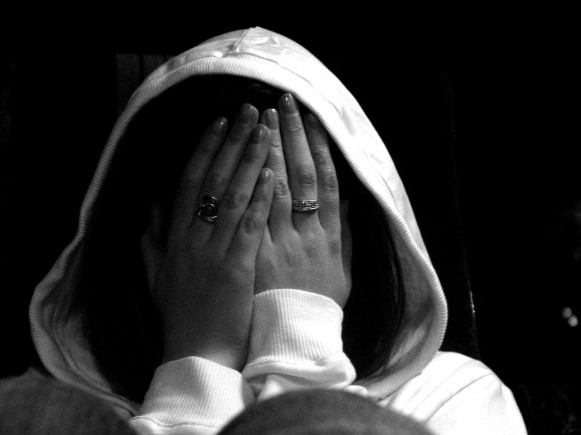
Stigmatizing members of our community who are already at risk is, sadly, extremely common. When you see someone in need, sometimes it is easier to suppress your compassion than to offer help. You might even think that this will help to make them more resilient or encourage them to work harder or become more independent, but in truth, perpetuating stigma against marginalized groups makes life worse for them and for the health of our community. This week I am going to explore how stigma hurts and how you can help fight it.
Stigma (n.): a mark of disgrace or infamy; a stain or reproach, as on one’s reputation.
Who faces stigma?
While the definition of stigma sounds like something out of the Victorian era, the truth is that stigma is something many of us still struggle with. All too often, people are stereotyped or viewed as bad, different, or weak by others, for circumstances that are beyond their control and reasons that are far removed from reality. Even worse, this stigma and bullying is often directed at the most vulnerable members of our society – people who are poor, mentally ill, or struggling with deadly diseases like HIV/AIDS. Perpetuating these stereotypes has serious, real-world consequences.
How stigma hurts
- Stigma prevents people from getting help. The Robin Hood Foundation’s Poverty Tracker illustrates that 30% of people living New York City who were unable to pay for food or bills for their family did not seek help. For most families, admitting that they are struggling is painful, but it is also the first step in building a better life for yourself and your family. Stigma has been identified by professionals in the health care field as a major barrier to treatment (both for mental health and certain diseases, like HIV/AIDS). This enables diseases to spread and harm more people.
- Stigma increases depression & suicide attempts. Living in poverty is strongly correlated with depression as suicide attempts. Not only that, suicide rates are even higher among poor people living in wealthier areas. This suggests that the stigma of being the poorest person in your local community may be a influencer in these rates. Internalized stigma is also correlated with elevated suicide risk among people who are already struggling with mental illness.
- Stigma makes people lose hope. When stigma becomes internalized, it makes it difficult for a person to cope with their personal struggles and challenges. The biggest reason why people in need don’t seek help isn’t because they’re lazy – it is because they have given up hope in the face of a desperate situation.
How you can help:
- Advocate for people in need. Advocacy can go a long way toward improving community policies and awareness in your community. Speak up about the real-world consequences of perpetuating stigma and make your community a kinder, friendlier place.
- Make schools a safe space. Bullying is one of the biggest threats to children, but school policies and supports for at-risk students have been proven to reduce suicidal ideation and attempts.
- Use therapy to improve coping skills. Coping skills help fight the negative effects of stigma, and can be improved using therapy. Encouraging people in need to seek help can help them improve their own health and the health of our community.
If you are thinking about becoming an advocate, you may want to check out my recent post on this subject. As always, thanks for reading!
So well said! Thanks for saying it!
LikeLiked by 1 person
Another good one! Shared! Thanks, Ava.
LikeLiked by 1 person
Everybody is equal and deserves a chance in life!
LikeLike